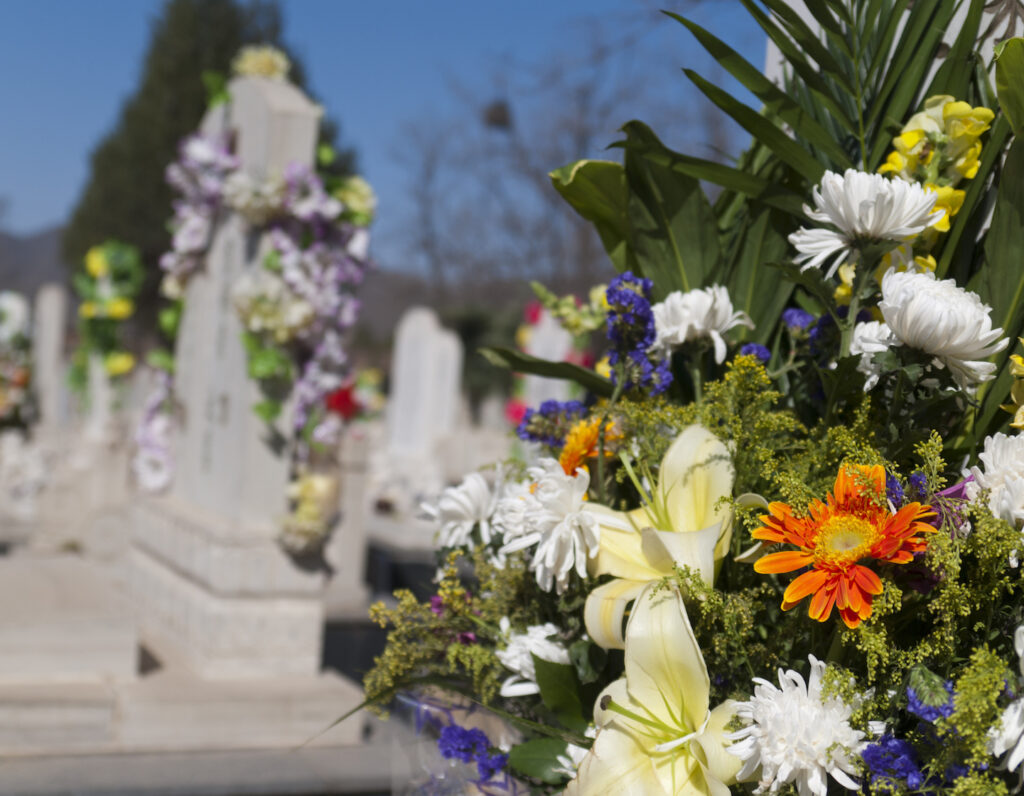

Ching Ming or Qingming Festival is here again. We’ve put together a handy guide of all you need to know about “Tomb Sweeping Day” in Hong Kong!
Hong Kong is a great place to bring up kids. They get exposed to so many cultures with expats from all over the world and join in the festivities of different religions. How about teaching your kids (and yourself!) about the Chinese holidays and their significance to Hong Kong’s culture? The Ching Ming Festival has many names: known as Qingming in Pinyin (清明節), and also the Tomb or Grave Sweeping Day, there’s a reason why it’s so significant to Hong Kong and China. As the Qingming holiday approaches (Thursday, 4 April), it’s a good time to read up on on this festival to answer questions from your curious kids.
Read More: Sassy Mama’s Guide To Festivities Around The Globe
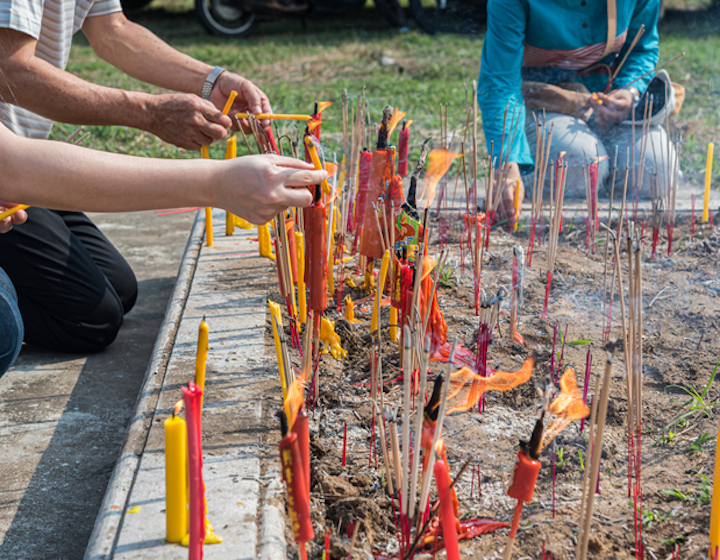

Origins Of Ching Ming Festival And Tomb Sweeping Day
As the term “Tomb Sweeping” indicates, this is a day when the family comes together to pay their respects to their loved ones who’ve passed. They visit and clean the burial sites of their ancestors. The holiday falls at the beginning of April (or in the third lunar month) when things are meant to be clean (ching) and bright (ming), and as the festival closely follows the spring equinox, it’s generally considered an auspicious time.
Read more: The Etiquette Of Giving Lai See And Red Packets In Hong Kong
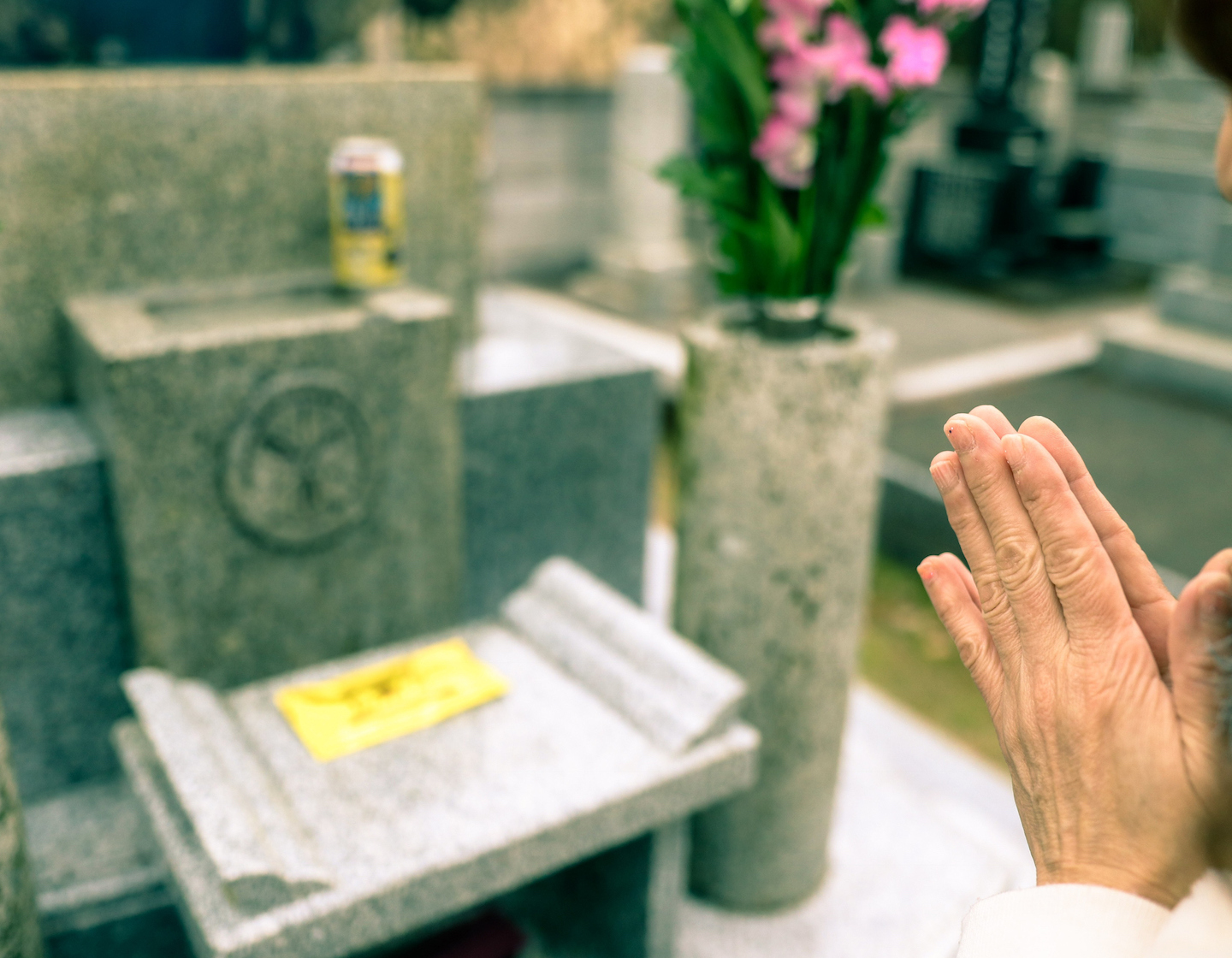

How Far Back Does The Qingming Festival Date?
There is more than one origin story about Ching Ming, but some scholars place Qingming’s beginnings in the 6th Century BC. Legend has it that Duke Wen of Jin accidentally killed his friend Jie Zhitui in a fire and declared that no fires were allowed for three days. This led to the tradition of only eating cold food (Hanshi) on this day.
Ching Ming wasn’t always associated with death and prayer though. The Shangsi Festival originated as a ritual where people bathed in rivers to wash away their sins. This evolved into a an occasion where men and women could mingle freely and soon became a free love festival (where unmarried couples could flirt without repercussion). Because it fell in the same three-day period as Hanshi, during the Tang Dynasty, the Hanshi and Shangsi festivals merged to become what we now know as the Ching Ming Festival.
Read More: The Mid-Autumn Festival In Hong Kong: Celebrate Its Traditions And Culture
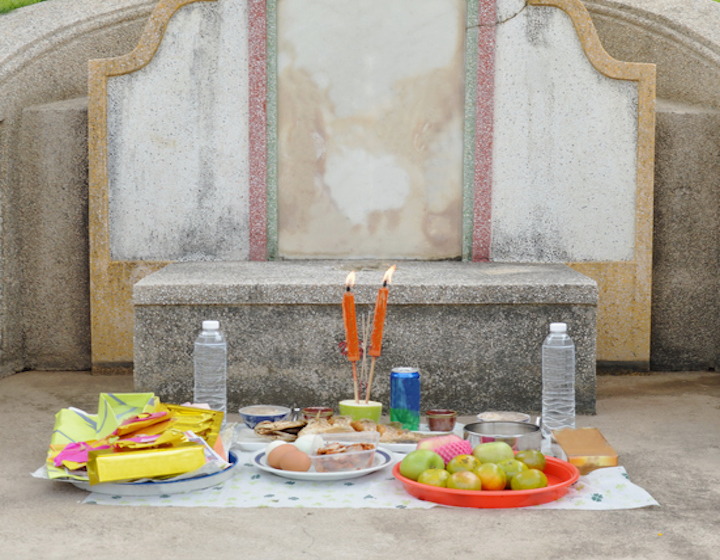

Tomb Sweeping Traditions And Practices On Ching Ming Festival
The most important tradition of Ching Ming Festival is for families to travel to graves, tablet locations, temples or tombs to clean and maintain them. This includes freshening up worn inscriptions, weeding and general dirt removal. Locals will take the time to respect their ancestors regardless of the location of the grave.
Sometimes, more traditional rituals take place at the larger gravesites. Family members will begin laying auspicious food like pork, chicken and pastries at the headstone. This is followed by three sets of chopsticks and three cups of wine. The head of the household begins by bowing three times with a cup of wine in hand and then pouring the wine on the headstone. Each family member repeats the procedure three times. Many will let off firecrackers, light incense and burn ghost money (fake paper money), with some families often sharing a meal at the grave to dine with their ancestors.
Read More: Family Restaurants: Eat With The Kids At These Hong Kong Restaurants
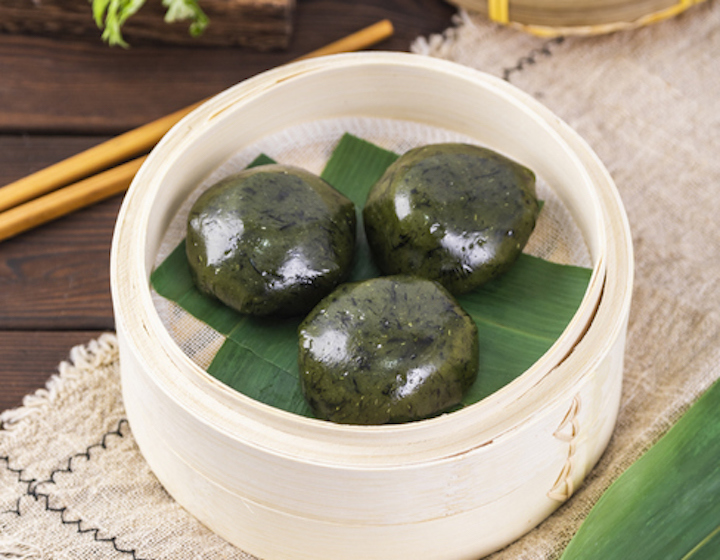

Modern-Day Ching Ming Festival Customs
The traditional festival food is cold, green, glutinous rice dumplings (taken from the practice of eating cold food), though this is rarely observed today. Modern families will now simply visit the gravesites of their loved ones and do some general cleaning at the site before burning incense and ghost money. Some may lay fresh flowers and then have a family meal later on to enjoy the reprieve from work, as well as commemorate their ancestors.
Bus routes to these (once-quiet) grave locations usually become very busy during the Ching Ming Festival (check this year’s transport arrangements here), as do many local restaurants. The Ching Ming Festival, even in modern-day Hong Kong, is a way to encourage family honour and respect, to remember and grieve for past loved ones, and to spend an enjoyable day with relatives.
Read More: A Beginner’s Guide To Chinese New Year In Hong Kong
Editor’s Note: Ching Ming Festival: How To Celebrate Tomb Sweeping Day In Hong Kong was most recently updated in April 2024 by Anita Balagopalan.
 View All
View All











 View All
View All





 View All
View All


 View All
View All















